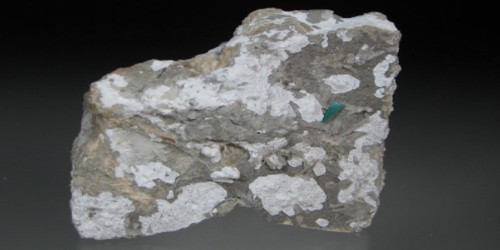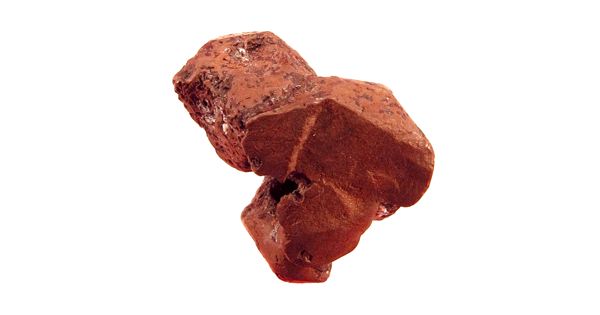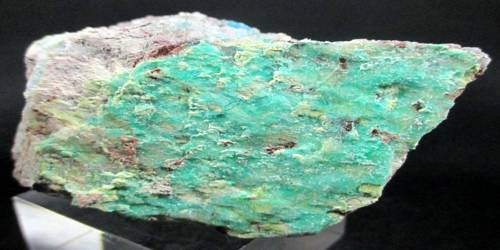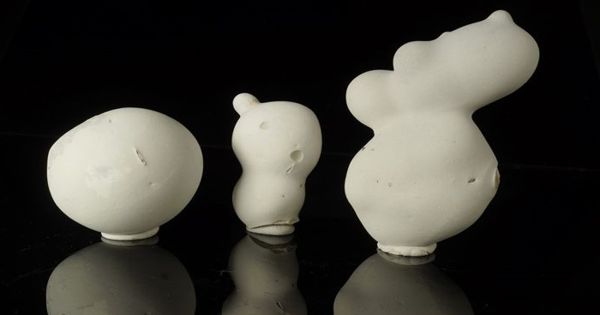Haidingerite is a calcium arsenate mineral with formula Ca(AsO3OH)·H2O. It is a mineral consisting of white hydrous calcium arsenate. It was originally discovered in 1827 in Jáchymov, Czech Republic. It is a rare mineral that forms from the dehydration of pharmacolite at one of its localities at the Getchell mine in Nevada, USA. It was named to honor Austrian mineralogist Wilhelm Karl Ritter von Haidinger (1795–1871).
General information
- Formula: Ca(AsO3OH)·H2O
- Colour: Colorless, white; colorless in transmitted light.
- Hardness: 2 – 2½
- Specific Gravity: 2.848
- Crystal System: Orthorhombic

Fig: Haidingerite
Properties
This mineral consisting of the arseniate of lime. It crystallizes in the orthorhombic crystal system as short prismatic to equant crystals. It typically occurs as scaly, botryoidal or fibrous coatings. It is soft, the Mohs hardness of 2 to 2.5, and has a specific gravity of 2.95. It has refractive indices of nα = 1.590, nβ = 1.602 and nγ = 1.638.
- Luster: Sub-Vitreous, Greasy, Silky, Pearly
- Transparency: Transparent, Translucent
- Streak: White
- Tenacity: Sectile
- Cleavage: Perfect On {010}, perfect.
- Density:2.848 g/cm3 (Measured) and 2.971 g/cm3 (Calculated)
Occurrence: Formed by dehydration of pharmacolite (Getchell mine, Nevada, USA). It occurs as a dehydration product of pharmacolite in the Getchell Mine, Nevada.
Other localities for Haidingerite include the Czech Republic, Germany, France, Poland, Kyrgyzstan, and others in the United States with additional newer localities in Switzerland, Belgium, and Morocco.
Association: Pharmacolite, pitticite, weilite.
Information Source:
















